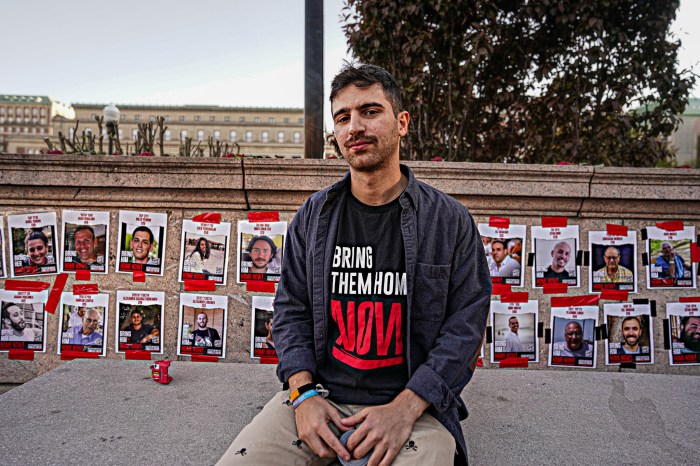District Attorney Seth Williams announced a new pilot program that will give about 75 nonviolent felony drug offenders per year a chance to avoid prison and instead enroll in a education and workforce training program.
He hopes “The Choice is Yours,” which began at the Criminal Justice Center Feb. 27, will help combat recidivism by providing a positive path – currently, 73 percent of people convicted of a crime are rearrested within two years. “What we’re doing now does not work,” he said.
Funded by $1.3 million in grants from the William Penn and Lenfest foundations, “The Choice is Yours” saw its first class of eight young adults graduate on Monday. They will serve as mentors to the second class.
Participants said the camraderie aspect was important. “The most helpful part was being in a group and working together to get where we’re at,” said recent graduate Terrence Terry, 19.
Those enrolled will finish the program as high school graduates without the stigma of a criminal record. “Hopefully, with the skills they learn and the lack of a felony conviction, they will not be barred from participating in their hopes and dreams,” Williams said.
Williams has created a special division within his office to and determine eligibility for the program, and 15 district attorneys have been tasked with handling criminal charges rather than five. “We’ll be stretching the office thin,” he said. “I believe my resources are best spent this way.”
Other services lending their resources include JEVS Human Services, who will provide case management and job training and placement, the Pennsylvania Prison Society and the Center for Literacy, who will assist in education.
The program is based on a similar effort in San Francisco, but Williams said that the Philadelphia version will have a more rigorous data gathering component overseen by Public/Private Ventures, which may lend more sustainability to the program.
“Hopefully, through my charm and statistics, we will be able to attract funding,” he said, noting that the program will save the state government $7 million a year. “Maybe some of the money can be rolled back into reentry programs.”





























